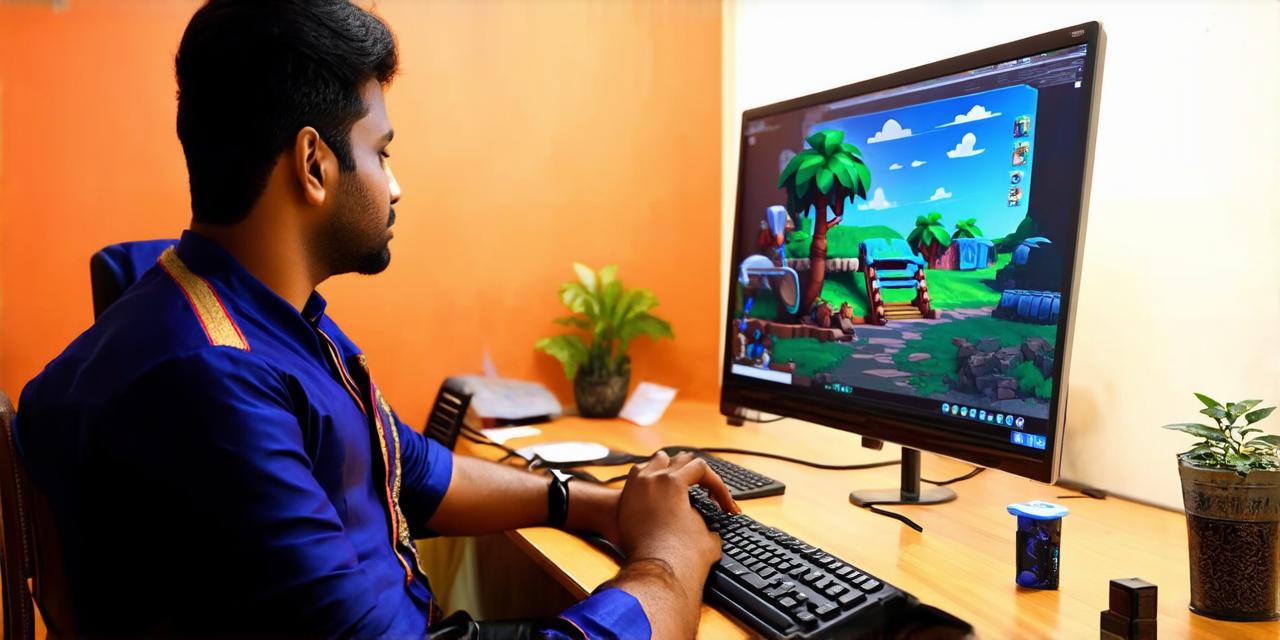Top tips for mobile game development
Mobile gaming has become a multi-billion dollar industry with over 2.7 billion smartphone users worldwide. However, developing a successful mobile game is not an easy task. It requires understanding your target audience, creating an addictive gameplay experience, optimizing it for mobile devices, monetizing it in multiple ways, and keeping it up-to-date and engaging.
1. Understanding Your Target Audience
To create a successful mobile game, you need to know who your target audience is. You can use surveys, focus groups, and social media analytics tools to gather information about their preferences, behavior, and feedback. This will help you create a game that meets their needs and expectations, which will ultimately lead to higher engagement and growth.
For example, if your target audience is children aged 6-12, your game should be fun, interactive, and educational. On the other hand, if your target audience is adults aged 18-35, your game should be challenging, strategic, and competitive.
2. Creating an Addictive Gameplay Experience
Once you know your audience, the next step is to create an addictive gameplay experience. Your game should be designed with a clear objective in mind, and players should be rewarded for achieving that objective. Here are some key elements to keep in mind:
- Fun: Your game should be fun to play, with engaging graphics, animations, and sound effects.
- Challenge: Your game should be challenging enough to keep players engaged, with increasing difficulty levels as they progress through the game.
- Progression: Your game should provide a sense of progression as players complete levels or achieve objectives, with rewards and recognition for their achievements.
3. Optimizing Your Game for Mobile Devices
Mobile devices are different from desktop computers in many ways, including screen size, processing power, and battery life. To ensure that your game runs smoothly and looks good on mobile devices, you need to optimize it for these platforms. Here are some tips:
- Use a responsive design that adjusts to the screen size of different devices. This will ensure that your game looks good on all types of smartphones and tablets.
- Keep your game’s file size as small as possible to reduce load times and improve performance. You can use techniques like compression, minification, and code optimization to achieve this.
- Use high-quality graphics and animations that are optimized for mobile devices. This will ensure that your game looks great on all types of screens, without sacrificing performance.
- Test your game on different devices and operating systems to ensure compatibility. You can use automated testing tools or manual testing techniques to identify and fix any issues before launch.
4. Monetizing Your Game in Multiple Ways
There are many ways to monetize your mobile game, including in-app purchases, ads, subscriptions, and sponsorships. Here are some of the most popular methods:
- In-app purchases: Players can buy virtual currency or items that enhance their gaming experience. For example, they can buy power-ups, skins, or extra lives.
- Ads: You can display ads within your game, such as banners, interstitials, or native ads. Advertisers can target their ads to specific audiences based on demographics, interests, and behavior.
- Subscriptions: Players can subscribe to your game on a monthly, quarterly, or annual basis to access exclusive content and perks. This can include ad-free play, early access to new levels, and personalized recommendations.
- Sponsorships: You can partner with brands or companies that share your target audience to create branded content or promotions within your game. For example, you could create a special level or character based on a popular brand or product.
5. Keeping Your Game Up-to-Date and Engaging
To keep your mobile game growing and attracting more players, you need to keep it up-to-date with new content, features, and bug fixes. Here are some tips:
- Regularly update your game with new levels, challenges, and objectives that keep players coming back for more. You can use techniques like procedural generation or user-generated content to create endless variations of your game’s content.
- Respond to player feedback and address any bugs or issues that arise quickly and efficiently. This will help build trust and loyalty with your players, and improve the overall quality of your game.
- Use push notifications to remind players about new content, events, and promotions. This can include reminders about daily login bonuses, special events, or limited-time offers.
- Keep your game’s social media presence active by sharing updates, teasers, and behind-the-scenes content with your followers. This will help build a community around your game and keep players engaged and excited for future updates.
In conclusion, developing a successful mobile game requires understanding your target audience, creating an addictive gameplay experience, optimizing it for mobile devices, monetizing it in multiple ways, and keeping it up-to-date and engaging. By following these top tips, you can increase the chances of success for your mobile game and attract more players to your app.


